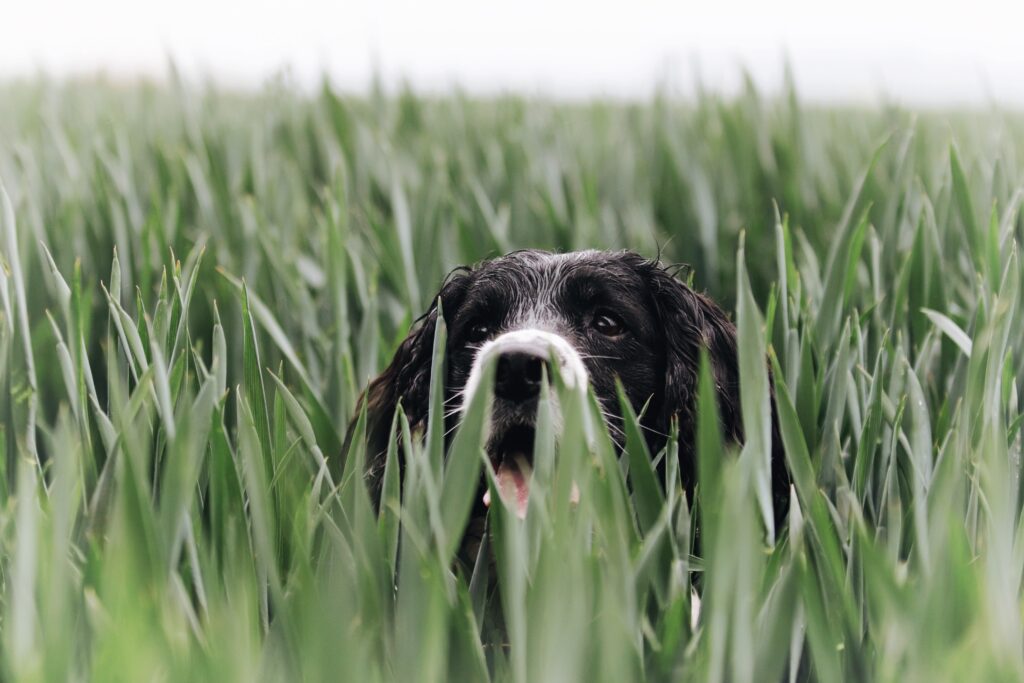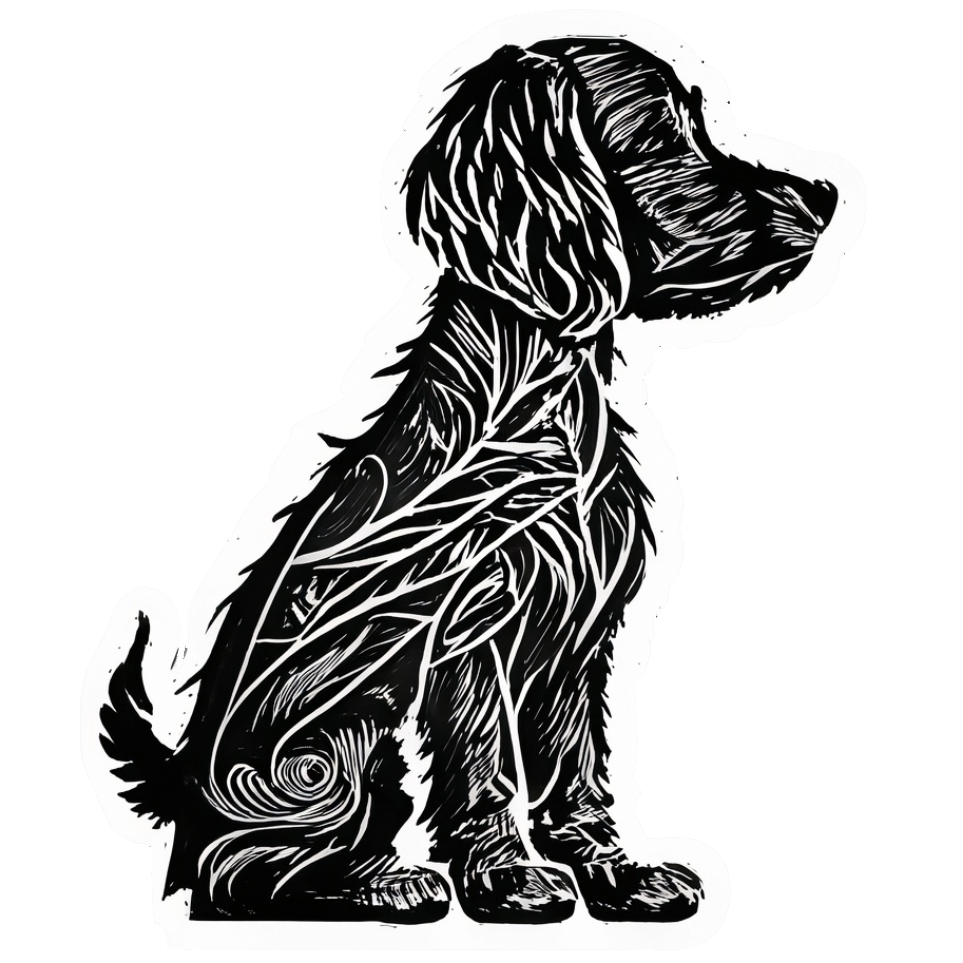Tailoring Your Approach to the Seasons

The climate, with its varying temperatures and conditions, plays a significant role in how we care for our canine companions. Whether you’re facing the heatwaves of summer or the chilly gusts of winter, it’s essential to adjust your dog care routine to ensure their comfort, health, and safety. In this article, we’ll delve into the nuances of climate-driven dog care, offering insights and tips for every season.
Hot Climates: Staying Cool and Hydrated
In regions with high temperatures, it’s crucial to protect dogs from the risks of heatstroke, dehydration, and sunburn.
- Hydration: Ensure your dog has constant access to fresh water. Consider adding ice cubes on particularly hot days.
- Walk Timing: Opt for early morning or late evening walks when the temperatures are cooler.
- Sun Protection: Use pet-safe sunscreens, especially for dogs with light-colored fur or exposed skin.
Cold Climates: Warmth and Protection
Cold climates pose challenges like hypothermia, frostbite, and icy conditions.
- Warm Clothing: Consider dog sweaters or jackets, especially for short-haired breeds or small dogs.
- Paw Protection: Booties can protect against icy terrains, while paw balms can prevent cracks and dryness.
- Indoor Activities: On extremely cold days, engage your dog with indoor play and exercises.
Humid Climates: Combatting Moisture and Molds
High humidity can lead to skin issues, mold exposure, and discomfort for dogs.
- Regular Grooming: Keeping your dog’s coat clean and free from tangles can prevent skin infections.
- Ventilation: Ensure your dog’s living space is well-ventilated to prevent mold growth and ensure comfort.
- Drying Off: After walks or play in wet areas, dry your dog thoroughly, paying attention to areas like the paws and ears.
Arid Climates: Addressing Dryness and Dust
In dry, desert-like climates, dehydration and dust inhalation can be concerns.
- Moisturizing: Use dog-safe moisturizers to prevent skin dryness.
- Nose Care: A dab of petroleum jelly can prevent the dog’s nose from cracking.
- Filtered Water: Ensure your dog drinks filtered water to avoid potential contaminants.
Adapting to Changing Climates
For those in regions with changing seasons or if you’re relocating:
- Acclimatization: Gradually introduce your dog to the new climate, allowing them to adjust.
- Health Check-ups: Seasonal changes can be an excellent time for vet check-ups to address any climate-specific concerns.
The climate, with its ever-changing moods, necessitates a flexible and informed approach to dog care. By understanding the unique challenges posed by different weather conditions and being proactive in addressing them, you can ensure your dog remains happy, healthy, and comfortable throughout the year. Dogipedia is dedicated to providing resources, insights, and expert advice to help dog owners navigate the intricacies of climate-driven care. Whether you’re seeking tips for summer safety, winter wellness, or anything in between, our platform offers a comprehensive guide tailored to your dog’s needs. Join us in our commitment to holistic, climate-conscious dog care, and discover the joy of adapting, evolving, and thriving alongside our beloved canine companions, no matter the weather.
